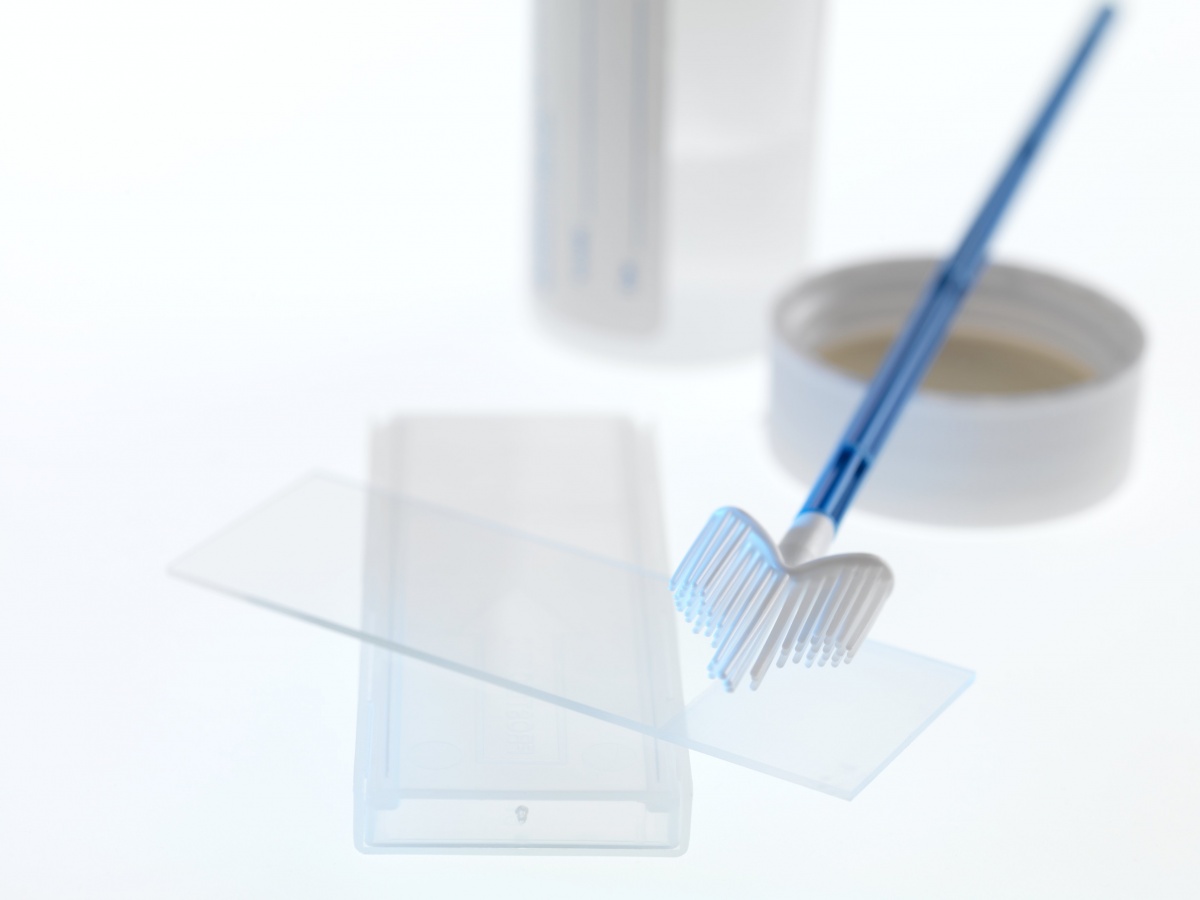 The test was officially introduced in December 2017, and revolutionises testing for cervical cancer in Australia.
The test was officially introduced in December 2017, and revolutionises testing for cervical cancer in Australia.
Many women might be pleased to hear that the dreaded discomfort of the two-yearly Pap smear has been replaced by a new and improved five-yearly cervical screening test.
The test was officially introduced in December 2017, and revolutionises testing for cervical cancer in Australia.
Royal Australian and New Zealand College of Obstetricians and Gynaecologists’ spokesperson Dr Charlotte Elder said the new test screened for the human papillomavirus (HPV).
By contrast, Pap smears had looked only for changes to cervix cells.
HPV is a common sexually-transmitted infection that affects up to 80 per cent of people at some time in their lives.
It clears up without treatment in most women. However, some will go on to develop precancerous cell changes, which can develop into something more sinister – although this is rare, Dr Elder said.
“Having the virus doesn’t cause the problem,” she said. “The issue can be that some people’s bodies are not very good at clearing the virus. If the virus stays for many years, then it can cause changes in the cells, and sometimes those changes can be cancer.”
Risk factors for further issues include smoking, age and having conditions that suppress immunity, such as HIV, certain medications or chronic illness.

Why is it better to screen for HPV?
Screening for HPV every five years is safer and more accurate than previous methods, Dr Elder said.
“The HPV virus has to be around for a long time before it causes changes in the cells,” she said.
If HPV is detected, the lab will look for cell changes. If it is not detected, the patient does not need another test for another five years.
“Given that the test is one that a lot of women find uncomfortable, it’s really good that we can be safe yet have the test less often,” Dr Elder said.
How is the test conducted?
In the same way as a Pap smear. A doctor or specialist nurse uses a small brush to take a sample from the cervix, and the sample is sent for laboratory testing.
If lab tests come back clear of HPV, the patient gets a letter confirming they will need further screening in five years.
If HPV is present, the cells will be examined. If they look normal, they might still be classed as “intermediate risk”, Dr Elder said, meaning another test in 12 months.
What if there are cell changes?
Your doctor might recommend a colposcopy, a procedure that feels similar to the screening test and can be done while the patient is awake.
It involves examining the cervix with a microscope, and possibly taking a further sample for more testing. Older women with HPV might also require a colposcopy, Dr Elder said.

Who should have the test?
All women who are sexually active need cervical screening, including those who have been vaccinated against HPV. The recommended age range for screening is 25-74.
“It doesn’t vaccinate against all of the viruses,” Dr Elder said. “But it does vaccinate against the ones that are high risk for potentially leading to cancer.”
When should I have the new test?
For most women, that will be two years from their last Pap smear.
How much does it cost?
Medicare covers the cost, just as it did for a Pap smear. Ask your doctor if any other fees apply when making your appointment.
What do I do if I notice other symptoms?
Dr Elder said it was important for women to know these are screening tests, and not a replacement for seeing a doctor.
“If a woman’s having other symptoms – abnormal bleeding or pain or any other concerns – it’s really important to go and see the GP and get checked out, even if the CST was normal,” she said.
For more information, visit the Australian government’s cancer screening website or Cancer Council Australia.
Source: https://thenewdaily.com.au/life/wellbeing/2018/05/25/new-cervical-screening-test/






